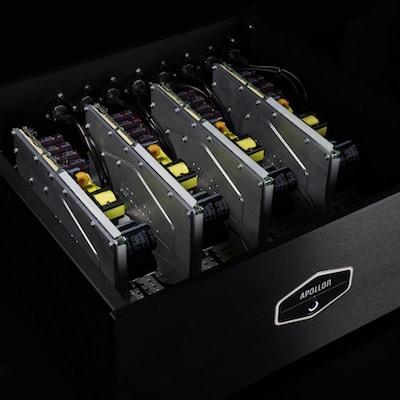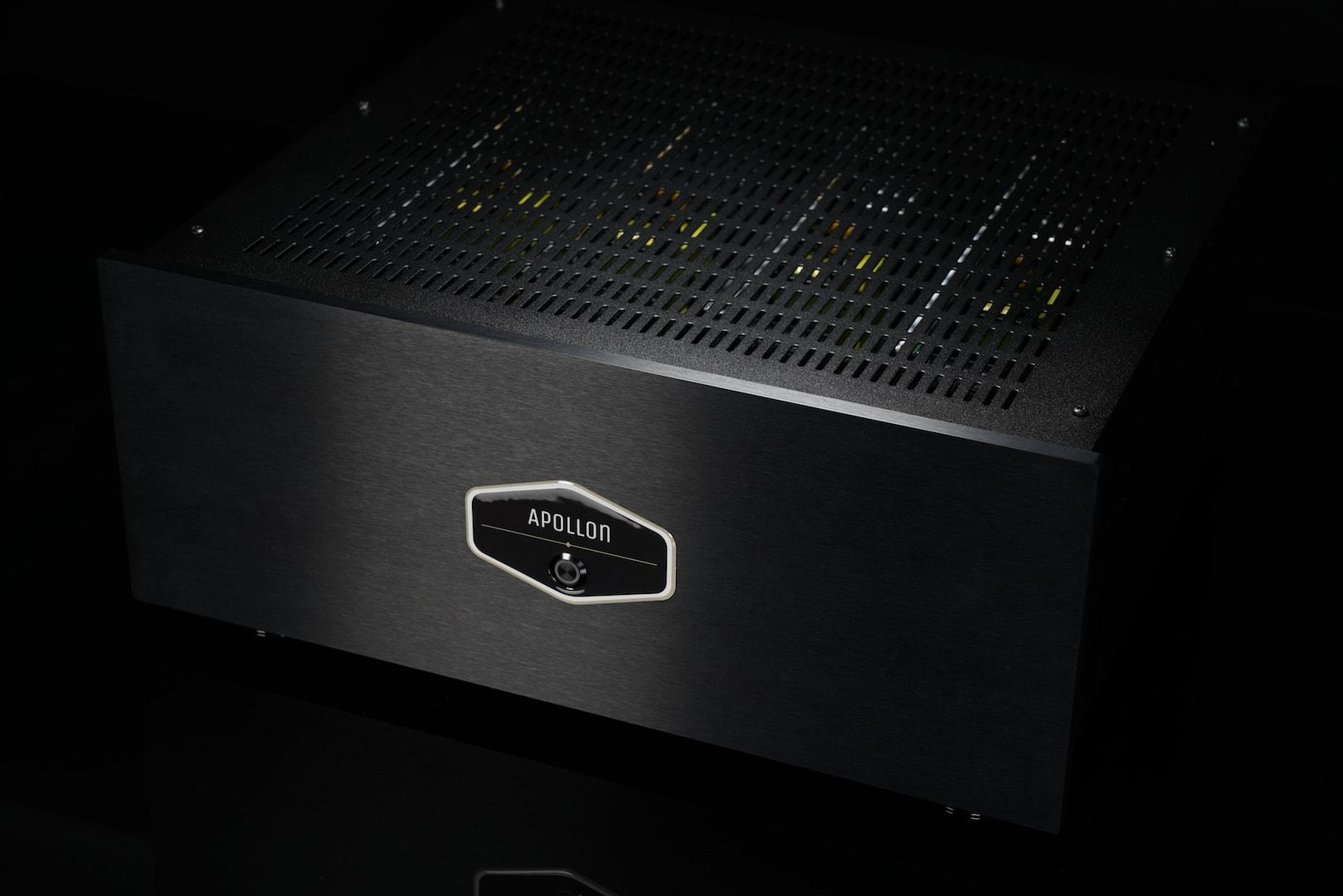Hi all
i bought a Yamaha a6a about 6 weeks ago as I upgraded and also decided to buy some KEF Meta’s which consists of the R5,R3 and R2c. I have yet to test to see if the amp is capable but have been told it should be fine. I also have a BK Monolith sub and I asked a question if the Yamaha amp struggles what power amp would I need. The YAMAHA states on the book that it can handle 8 to 4ohms front left and right and the centre and rears and atmos are 8 to 6 ohms. The KEF speakers can drop as low as 3.2ohms. The Yamaha might be ok but just wanted to cover all bases just in case In The future I might need to go the power amp route and use the pre outs.
I was advised to stay away from half bridge amps and to go for full bridge amps to stop any sort of supply pumping, still looking to see what this means but I have read that full bridge uses both sides as a power where’s half only give one side power. And also been reading about class d amps and what filters mean which basically means how they stop interference going to not the speakers because how they work. I think I got that right.
So can anyone help me out or suggest or even explain as this is my first time looking into how these work. I have looked these up

 apollonaudio.com
apollonaudio.com
The thing is how can you tell if the these are full or half bridge. As the link below has 1 to 5 channels But looked thinner versions of the rt400a 6to12 channel but not sure if it’s full or half bridge.
Thanks for any help or explanations. I really do thank you all who help. New to separates.
i bought a Yamaha a6a about 6 weeks ago as I upgraded and also decided to buy some KEF Meta’s which consists of the R5,R3 and R2c. I have yet to test to see if the amp is capable but have been told it should be fine. I also have a BK Monolith sub and I asked a question if the Yamaha amp struggles what power amp would I need. The YAMAHA states on the book that it can handle 8 to 4ohms front left and right and the centre and rears and atmos are 8 to 6 ohms. The KEF speakers can drop as low as 3.2ohms. The Yamaha might be ok but just wanted to cover all bases just in case In The future I might need to go the power amp route and use the pre outs.
I was advised to stay away from half bridge amps and to go for full bridge amps to stop any sort of supply pumping, still looking to see what this means but I have read that full bridge uses both sides as a power where’s half only give one side power. And also been reading about class d amps and what filters mean which basically means how they stop interference going to not the speakers because how they work. I think I got that right.
So can anyone help me out or suggest or even explain as this is my first time looking into how these work. I have looked these up

NCMP8350 Hypex Based Class D Multichannel Amplifier | Apollon Audio Hypex Purifi Premium Amplifiers
Hypex Multi Channel Apollon Audio NCMP8350 Amplifier with 4x Hypex NCore delivering power for the most demanding studio, PA or audiophile speakers.
The thing is how can you tell if the these are full or half bridge. As the link below has 1 to 5 channels But looked thinner versions of the rt400a 6to12 channel but not sure if it’s full or half bridge.
Thanks for any help or explanations. I really do thank you all who help. New to separates.




